Credentials
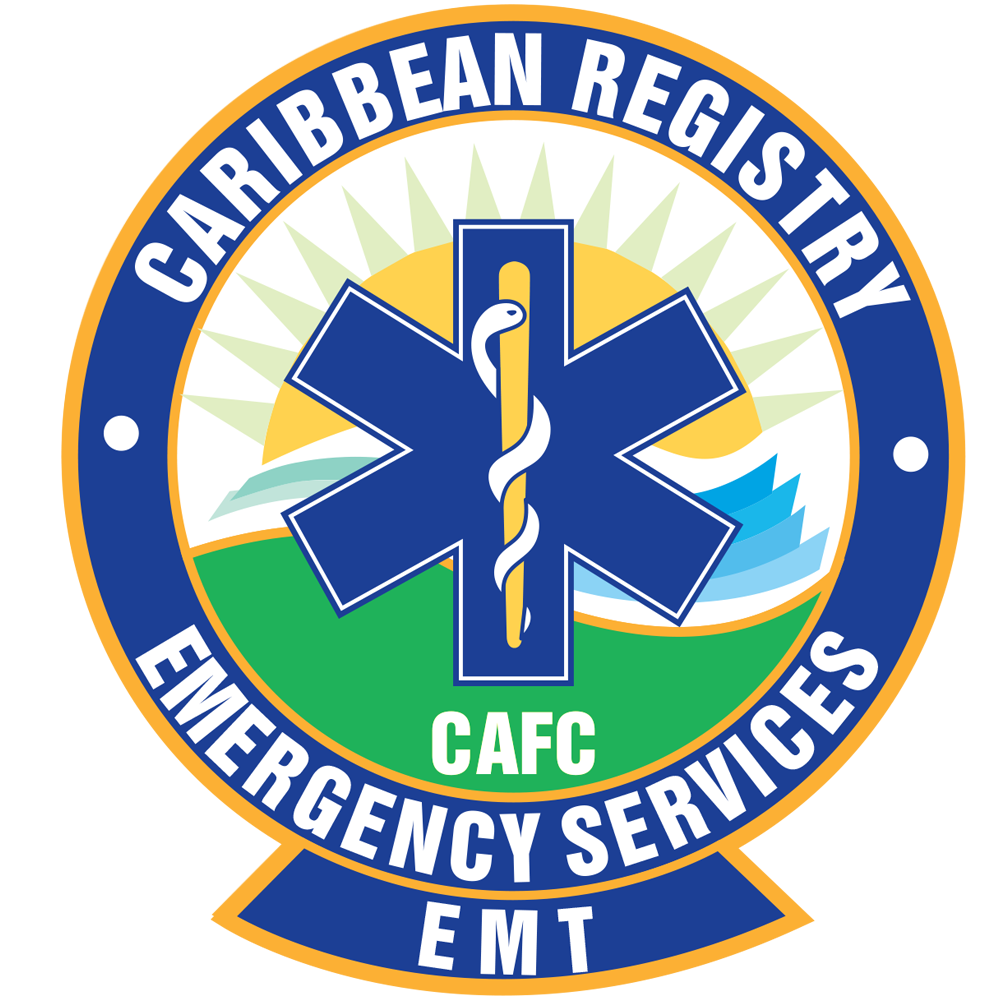
EMT
The primary focus of the Emergency Medical Technician is to provide basic emergency medical care and transportation for critical and emergent patients who access the emergency medical system. This individual possesses the basic knowledge and skills necessary to provide patient care and transportation. Emergency Medical Technicians function as part of a comprehensive EMS response, under medical oversight. Emergency Medical Technicians perform interventions with the basic equipment typically found on an ambulance. The Emergency Medical Technician is a link from the scene to the emergency health care system.

Communications
The emergency medical dispatcher (EMD) is the principle link between the public caller requesting emergency assistance and the emergency service resource delivery system. As such, the EMD plays a fundamental role in the ability of the EMS system to respond to a perceived medical emergency. With proper training, program administration, supervision, and medical direction, the EMD accurately queries a caller, selects an appropriate method of response, provides pertinent information to responders and gives appropriate aid and direction for patients through the caller. Through careful application and reference to a written, medically approved, emergency medical dispatch protocol, the EMD is a core team member of an emergency services system.
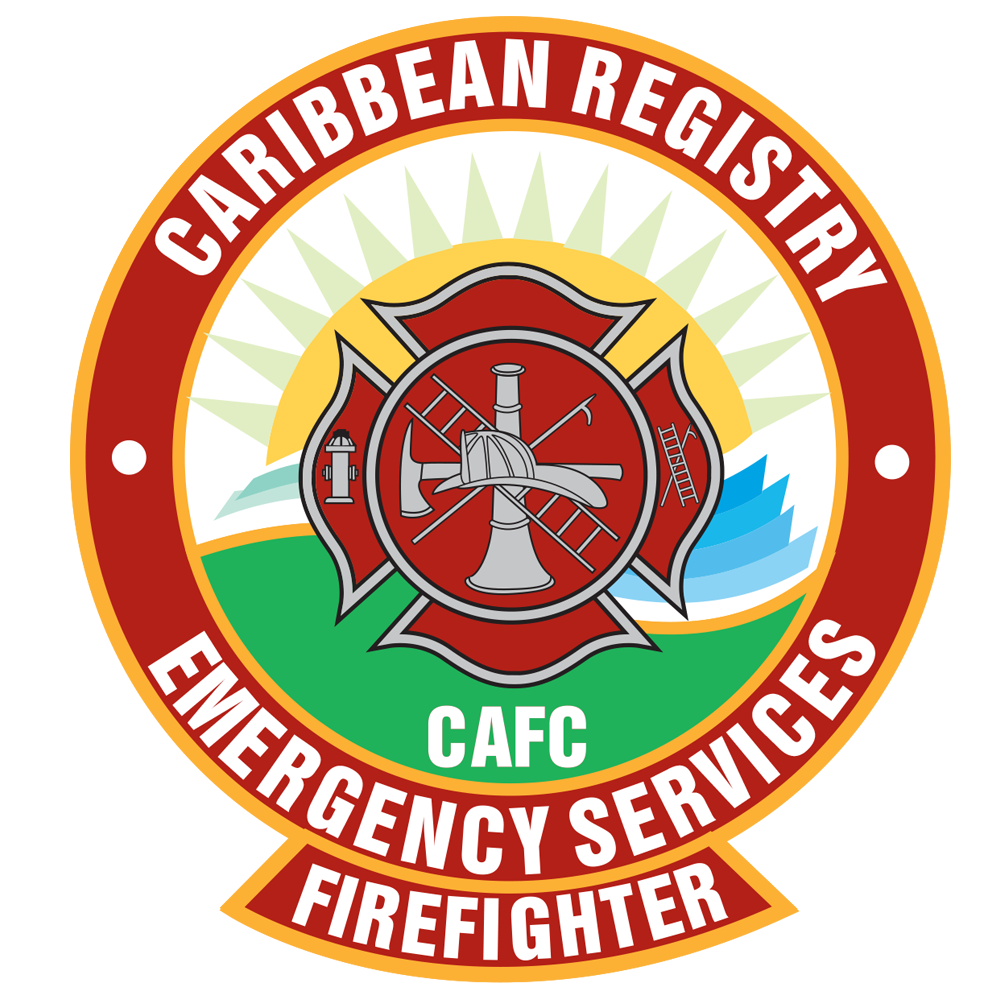
Firefighter
The primary function of the Firefighter I is to protect the community from disaster situations, including house and building fires, and promote an environment of public safety within their response area. This position also participates in fire prevention and inspection activities, equipment and quarters maintenance, and training dealing with all phases of fire suppression, prevention, inspection, rescue and emergency operations.
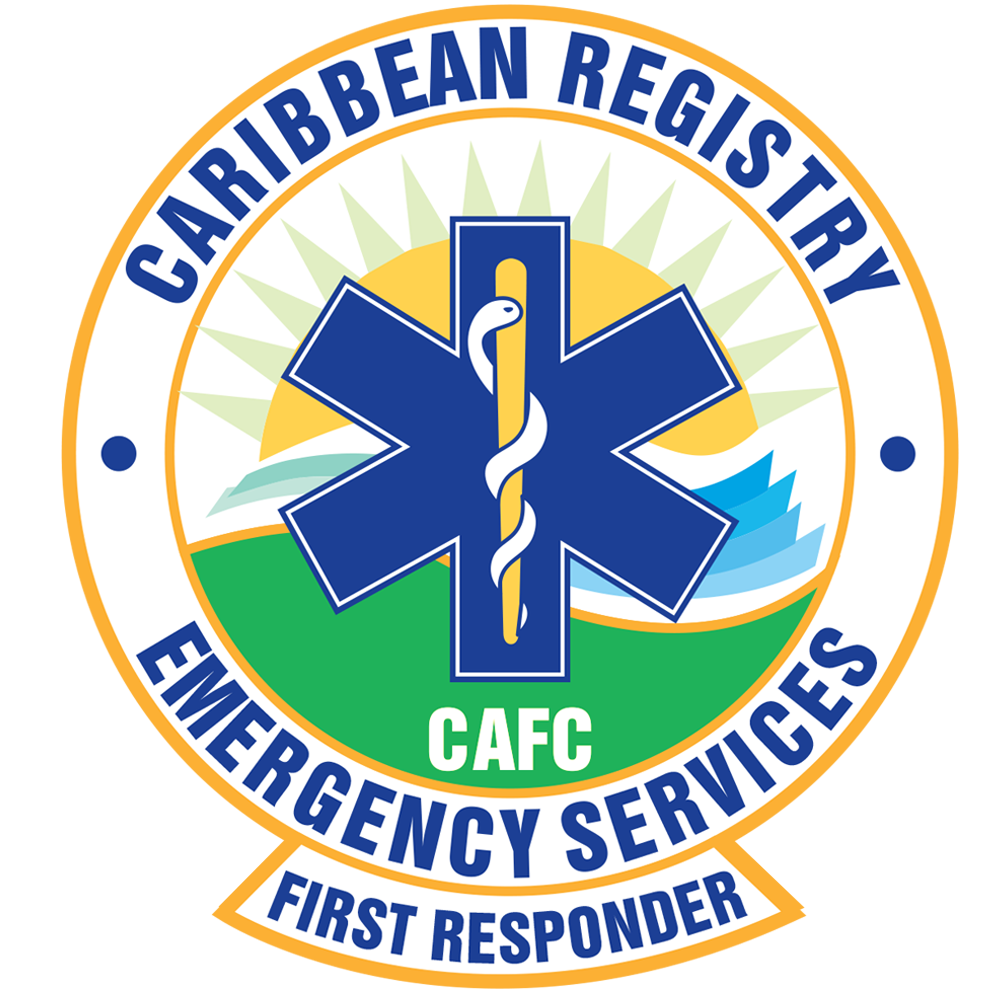
First Responder
The primary focus of the Emergency Medical Responder is to initiate immediate lifesaving care to critical patients who access the emergency medical system. This individual possesses the basic knowledge and skills necessary to provide lifesaving interventions while awaiting additional EMS response and to assist higher level personnel at the scene and during transport. Emergency Medical Responders function as part of a comprehensive EMS response, under medical oversight. Emergency Medical Responders perform basic interventions with minimal equipment.
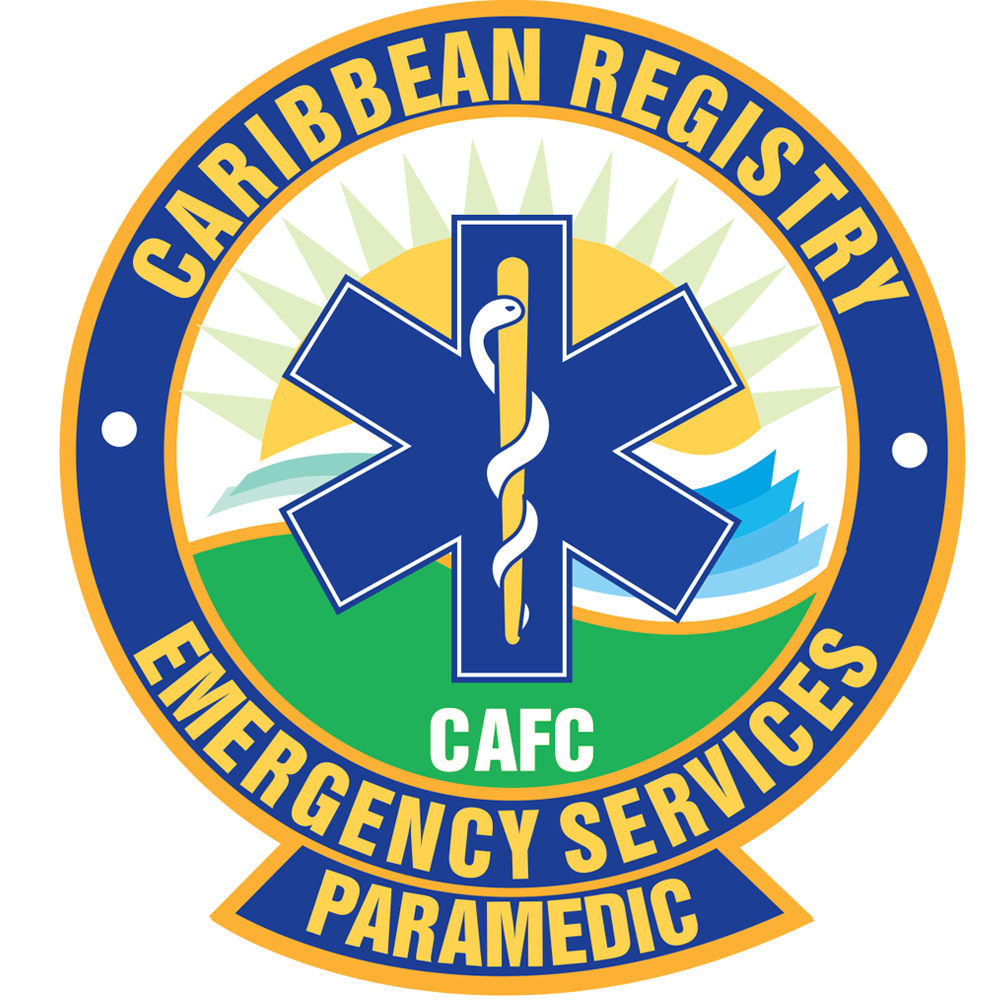
Paramedic
The Paramedic is an allied health professional whose primary focus is to provide advanced emergency medical care for critical and emergent patients who access the emergency medical system. This individual possesses the complex knowledge and skills necessary to provide patient care and transportation. Paramedics function as part of a comprehensive EMS response, under medical oversight. Paramedics perform interventions with the basic and advanced equipment typically found on an ambulance. The Paramedic is a link from the scene into the health care system. Each educational level assumes mastery of previously stated competencies. Each individual must demonstrate each competency within his or her scope of practice and for patients of all ages.

Special Operations
Special Operations members conduct physical search and rescue operations in damaged/collapsed structures, flooded areas and transportation accident scenes. They provide emergency medical care at disaster sites for trapped victims and task force members. Provides disaster communications support using state-of-the-art satellite systems. These members conduct hazardous materials surveys/evaluations of affected areas. Special Operations are also involved in assisting with with stabilization of damaged structures, including shoring and cribbing operations. Members concentrate their technical training in building construction, confined space, rope and rigging, water rescue operations, vehicle rescues, and rapid intervention.
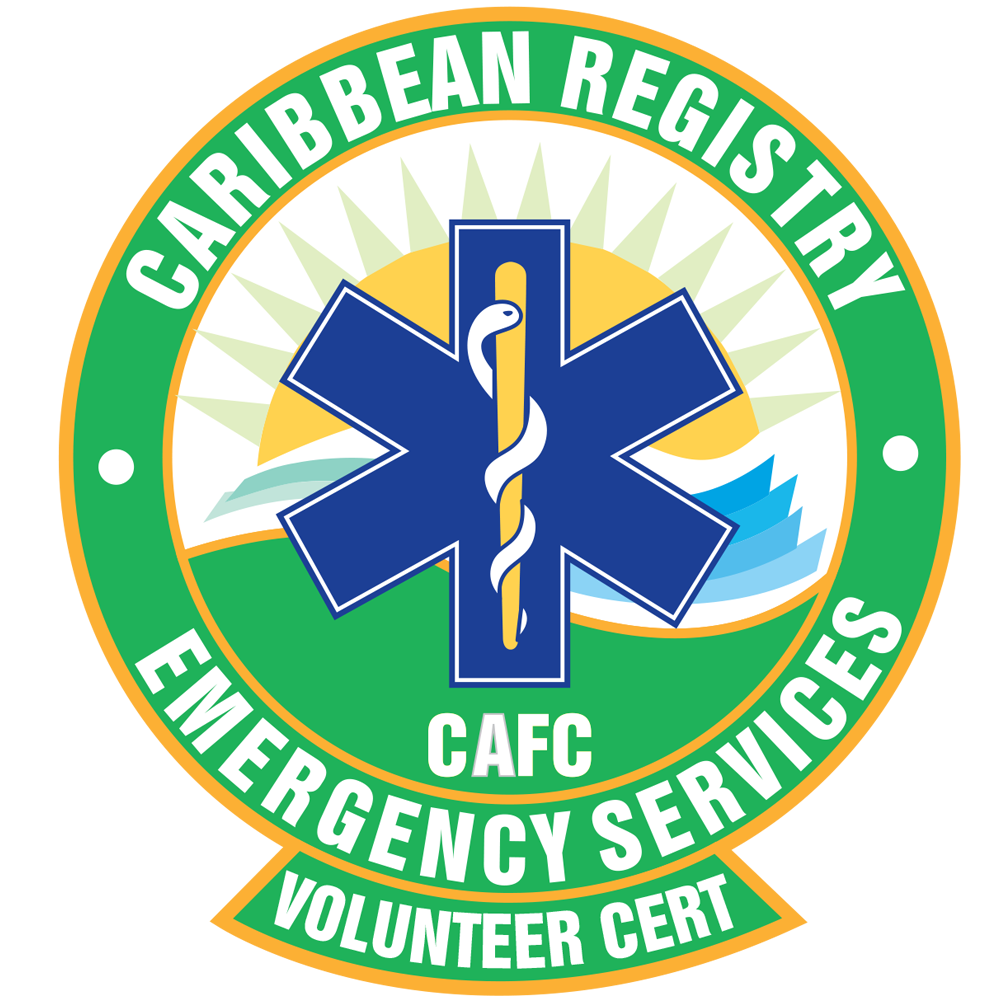
Volunteer Cert
Individuals trained and prepared to respond during a disaster to any hazards that may impact their area and is also trained in basic emergency response skills, such as fire safety, medical emergencies, light search and rescue, team organization, and disaster medical operations. Using training learned in the classroom and during exercises, CERT volunteers can assist others in their community responding to the needs of their community during and emergency or a disaster when professional responders are not immediately available to help.
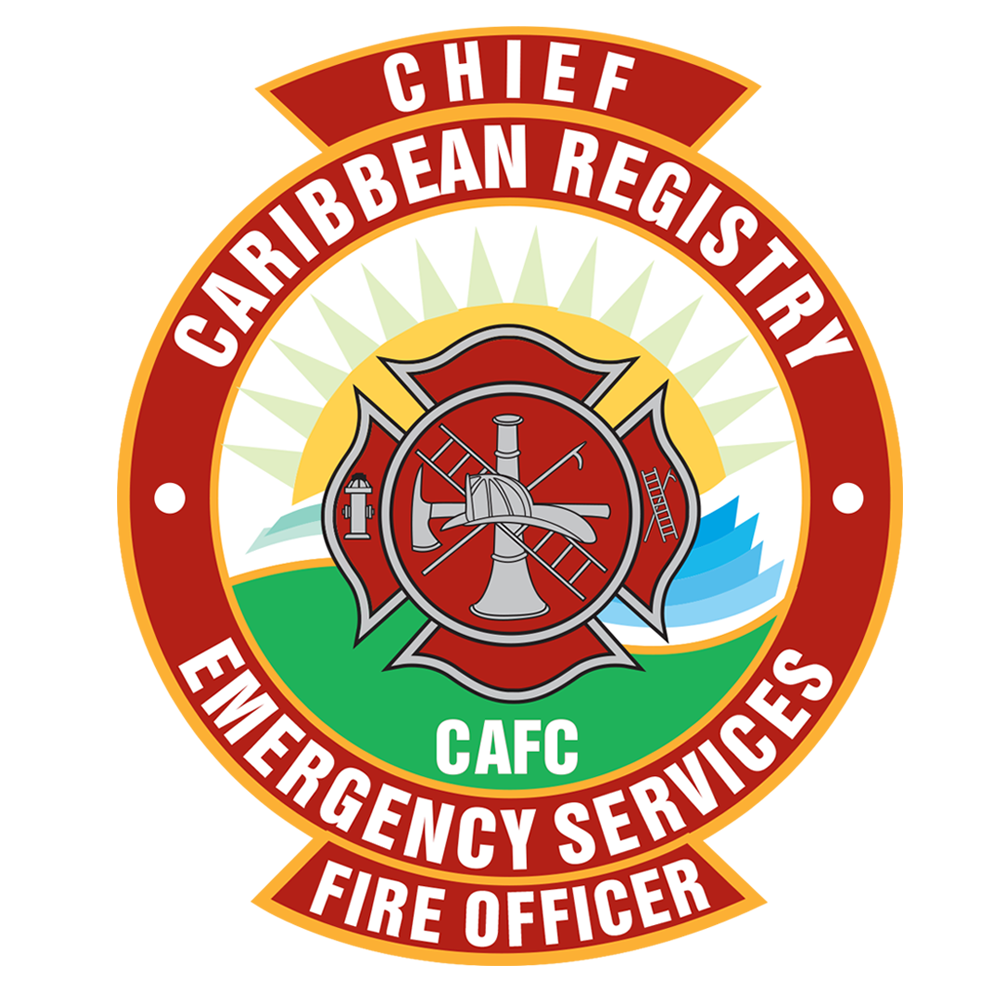
Chief Fire Officer (CFO)
A chief fire officer plays an essential role in the administrative structure of his or her department in the Caribbean, the UK, Europe and other countries. Unlike firefighters, whose duties consist of combating fires and helping evacuees to safety, chief officers have additional duties within the department and beyond. A chief fire officer works with his or her department’s human resources staff to help manage staffing-related needs. A chief fire officer is also responsible for upholding a fire department’s relationship with the community.